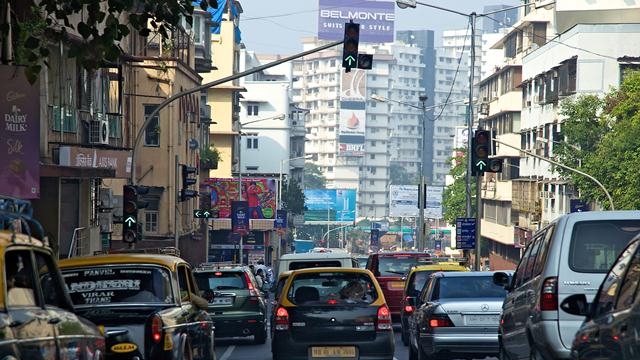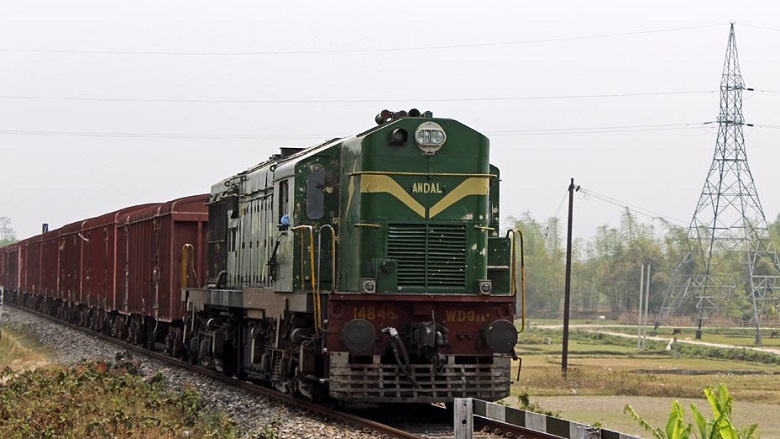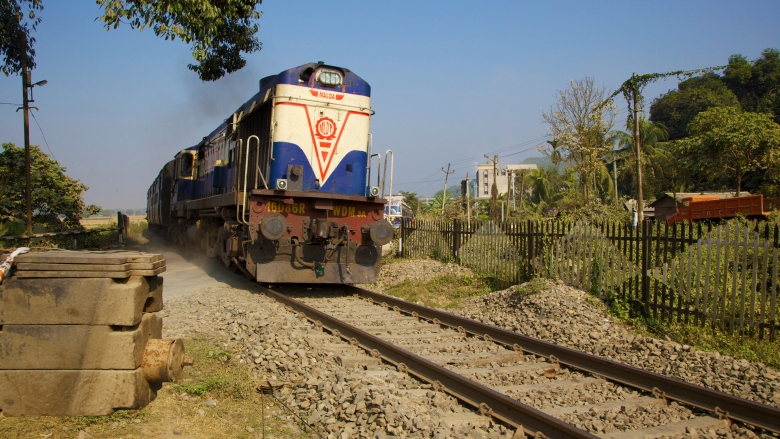By 2031, some 600 million people are expected to live in India’s cities. However, only about 20 Indian cities with populations over 500,000 have any kind of organized public transport systems. And, only a few can lay claim to a system for mass rapid transit. In fact, the share of public transport in large Indian cities actually declined from some 70% in 1994 to almost 40% in 2007. Furthermore, India’s accident and fatality rates are among the highest in the world, mainly affecting the poor and vulnerable who do not have their own means of transportation.
India’s public transport systems are largely run by public sector monopolies. They typically suffer from poor service, inefficient operations, and deteriorating finances, resulting in dramatically declining mode shares. On the other hand, private transportation is often very expensive, extracting a huge cost from the urban population, especially from the very poor. To redress this imbalance, India’s National Urban Transport Policy (NUTP) emphasizes the development of public transport systems and plans to increase their share to at least 50 percent of all motorized trips.
Modernizing bus services
To improve public transport in India’s cities, the World Bank’s Sustainable Urban Transport Project (SUTP) is working with the Ministry of Urban Development to build the capacity of urban transport agencies nation-wide. Furthermore, in five cities, the project is demonstrating the use of advanced IT applications to make bus services more user-friendly, and create transport networks that are 'smarter', safer, and better coordinated. The project is also introducing safe walking and cycling facilities and maximizing people’s access to public transport by promoting the mixed use of land for both residential and commercial purposes. The five cities where these advances are being demonstrated are Pimpri-Chinchwad (Maharashtra), Naya Raipur (Chhattisgarh), Indore (Madhya Pradesh), Hubli-Dhawal (Karnataka), and Mysore (Karnataka).
Improving suburban rail and bus services in Mumbai
Mumbai Urban Transport Project (MUTP) was the first multi-modal project of its kind in India. It included improving the roads, rail, buses, bridges, and the traffic system of Mumbai.
Over 17,000 households - including thousands of squatter families living in shacks along railway tracks – were relocated to safe permanent dwellings and given legal title to their new housing. This whole process was challenging and required tremendous efforts in terms of assessment, building of resettlement sites, consultation, negotiation, relocation, and post-resettlement support (read the full story).
The project helped increase the speed and capacity of Mumbai's suburban rail system – the lifeline of the city. The speed of suburban trains has improved, reducing commuting time for about six million citizens who use the system every day. Shops have been relocated to alternative sites or redeveloped.
Additional railway tracks were added, newer, more modern, better-ventilated and more comfortable railway coaches were introduced. Capacity of trains during the rush hours has increased, reducing the travel time for hundreds of thousands of passengers.
Building on the achievements of the first project, the Bank’s Mumbai Urban Transport Project – 2A is helping increase the speed and carrying capacity of Mumbai’s suburban rail system, the lifeline of the city that serves a very large segment of commuters every day. Modern, better-ventilated and more comfortable railway coaches are being introduced to reduce commuting times and increase riding comfort. The project is also building on earlier successes in reducing the high number of fatalities, especially from trespassing onto railway tracks. It is also helping improve the railways’ capacity for environmental management. In addition, the project is working to enhance the expertise of the Mumbai Railway Vikas Corporation (MRVC) to manage the numerous challenges of developing suburban rail in this densely populated megacity.



